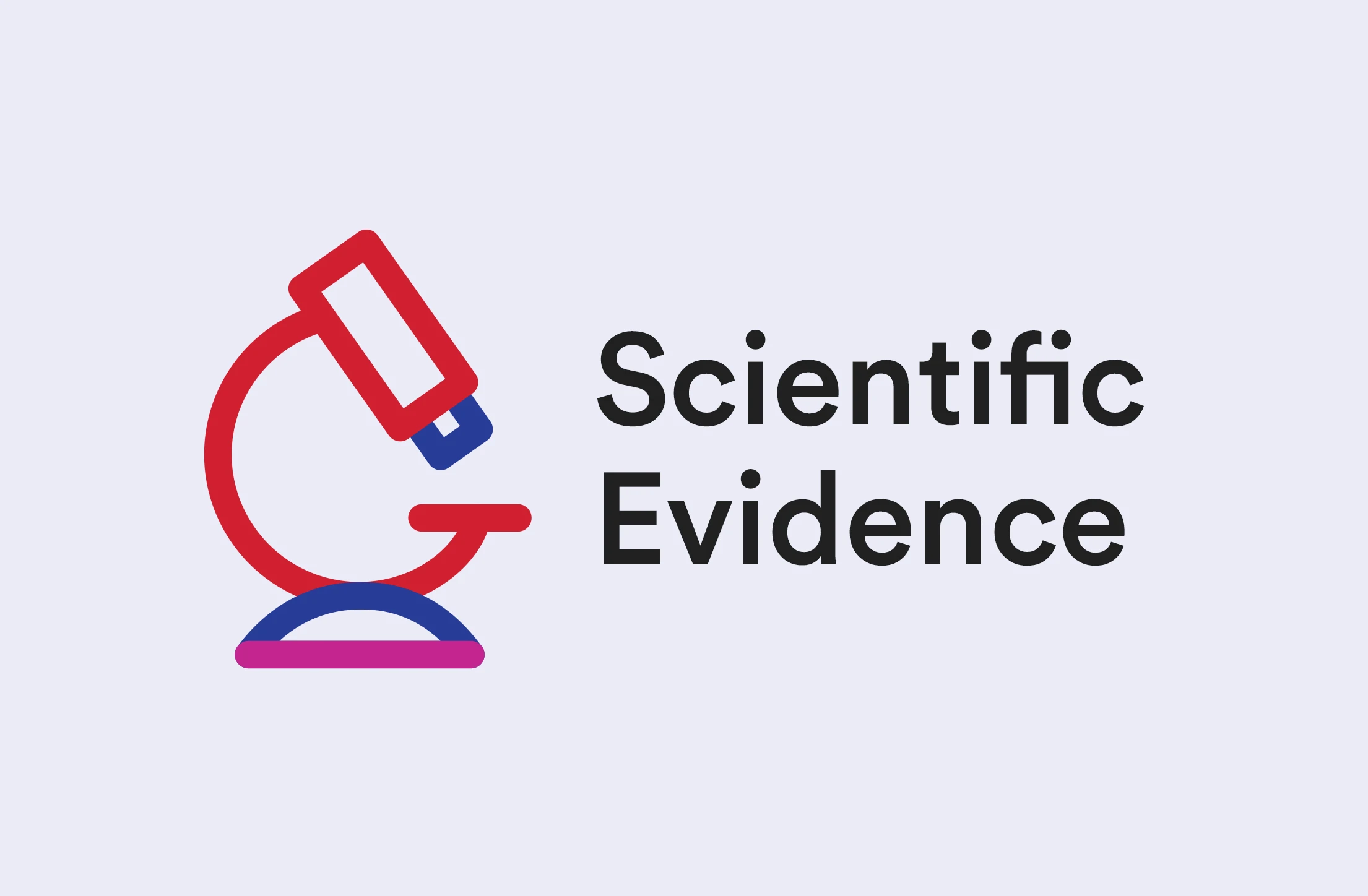
Eczema is a general term for Atopic Dermatitis, which simply means inflammation of the skin. Eczema can be mild to moderate and is more common during infancy than adulthood.
Eczema is commonly characterized on the skin by the following symptoms:
Dryness
Itching
Redness
Scaling, peeling
Weeping, oozing
The skin microbiome comprises of many types of bacteria and micro-organisms cohabiting on the surface of the skin. Eczema is association with an unbalanced skin microbiome. This imbalance occurs when there is a higher proportion of harmful bacteria that cause inflammation in the skin.
What happens to the skin barrier in eczema?
Weakening of the outermost layer of the skin results in loss of moisture and dehydration.
A compromised skin barrier can allow irritants and allergens to enter the skin, resulting in inflammation, redness, itchiness.
Impaired production of natural oils leads to large gaps between skin cells, weakening the skin’s protective barrier.

Improper management of eczema may lead to potential complications such as bacterial or viral skin infection, sleep disruption, and overall behavioral problems in children. Other complications may also include scarring and chronic post-inflammatory skin changes.

The primary goal of eczema management may be to reduce the tendency for flare-ups. For this purpose, maintenance of the skin barrier is necessary with a proper and consistent skincare regimen.
European and U.S. guidelines recommend the daily use of emollient moisturizers for both prevention and treatment of eczema. Emollient therapy can improve hydration, prevent transepidermal water loss, and relieve itching. Instant therapy with a moisturizer, significantly reduces itch intensity and frequency, and demonstrates beneficial improvements in children’s quality of life.
Additional tips to manage eczema:
Using lukewarm water and gentle cleansers while bathing
Avoid sponges and rough wash cloths. Pat dry with towel.
Wearing breathable fabrics, avoiding known allergens

